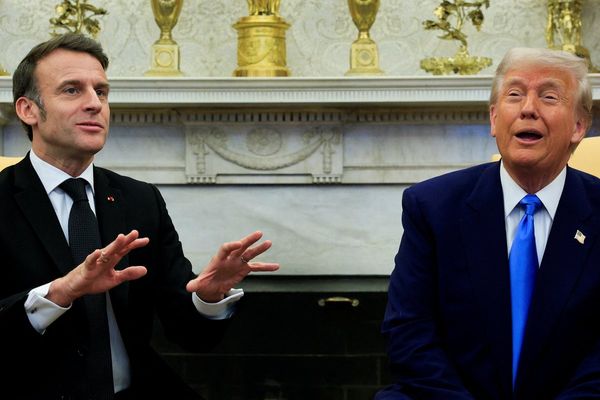
Banks have been experiencing a crisis of confidence since March 10, the biggest since the 2008 financial crisis which slowed down the world economy and threatened the collapse of the global financial system.
This new crisis was caused by the sudden collapse of Silicon Valley Bank (SIVB), which provided specialized financial services, industry expertise, a valuable network, and a strong reputation to startups, biotechs and also venture capital firms.
The bank's failure, the second-largest bank failure in US history, was caused by bad bets on interest rates.
Created in 1983, Silicon Valley Bank, which presented itself as a "partner for the innovation economy,” offered higher interest rates on deposits than its larger rivals, to attract customers. The company then invested the clients' money in long-dated Treasury bonds and mortgage bonds with strong returns.
Bets Gone Bad
This strategy had worked well in recent years. The bank’s deposits doubled to $102 billion at the end of 2020 from $49 billion in 2018. In 2022, deposits increased to $189.2 billion.
But everything turned upside down when the Federal Reserve began to raise interest rates to fight inflation. Since bond prices fall as interest rates rise, those older bonds with low coupon rates could be sold only at a discount.
Also, mortgages, like those in which SVB invested, are even more sensitive because when interest rates go up, people tend not to pay off their mortgages early by refinancing.
The other problem that SVB hadn't thought of was that the vast majority of its customers -- tech companies -- at some point were going to see their cash flows impacted.
During the pandemic, tech startups were doing well, but coming out of the pandemic, the economy slowed down. Startups found themselves struggling to find funds to finance their projects. To cover their expenses and stay afloat, they started to dip into their deposits with SVB.
As a result, SVB had to sell bonds at a discount to cover withdrawals from its customers. In selling these bond positions, SVB had to take a significant loss of $1.8 billion.
Due to this loss, the bank suddenly announced that it needed to raise additional capital of $2.25 billion, by issuing new common and convertible preferred shares. This decision caused panic and a run on the bank.
The situation also revealed that SVB had not hedged against the risk of interest rates rising. The bank even went several months without a Chief Risk Officer. It announced the appointment of a CRO last January.
A Meme
For investors, the SVB practices are widespread within banks and more particularly among American regional banks, because they paid nothing for their clients' deposits during the pandemic, since interest rates were at almost zero until the second half of 2021.
It's simple: if you can borrow at essentially 0%, and earn say 3% or more at the Fed, why wouldn’t you do it? This logic is at the core of the stock market rout of the banks in spite of the intervention of the regulators who guaranteed all the deposits of the customers of SVB and created a backstop to lend money urgently to the banks which need it.
Elon Musk is one of the critics of banks and, in this case, of their practices. The billionaire has just accused them of applying double standards in the way they treat consumers compared to the way they act when it comes to themselves.
For the billionaire, banks apply strict due diligence when they receive a credit application, but they are more lax when it comes to evaluating their own investment portfolios. To support his point, the techno king resorts to a meme.
This meme is made up of two images, each accompanied by text. The top image is Patrick from "SpongeBob SquarePants"as a lab technician in a suit and tie who is observing a sample looking through a microscope. The text reads: "Banks evaluating you for a $2K credit limit."
Basically, when a customer asks the bank for credit, the latter applies strict due diligence to determine whether there is a risk that the customer will default.
The image below depicts Patrick from "SpongeBob SquarePants" in a bathing suit at the beach, messing up something he is supposed to be building. His tools are scattered and he seems lost. The accompanying text reads: "Banks evaluating their own $100 billion bond portfolio."
Basically, the banks are incompetent when it comes to assessing the risk of their own large investments.
What is also interesting to observe is the difference in the energy and expertise deployed for the risk assessment of a $2,000 loan, compared to a $100 billion bond portfolio.
The billionaire said nothing else, letting the meme speak for itself.







